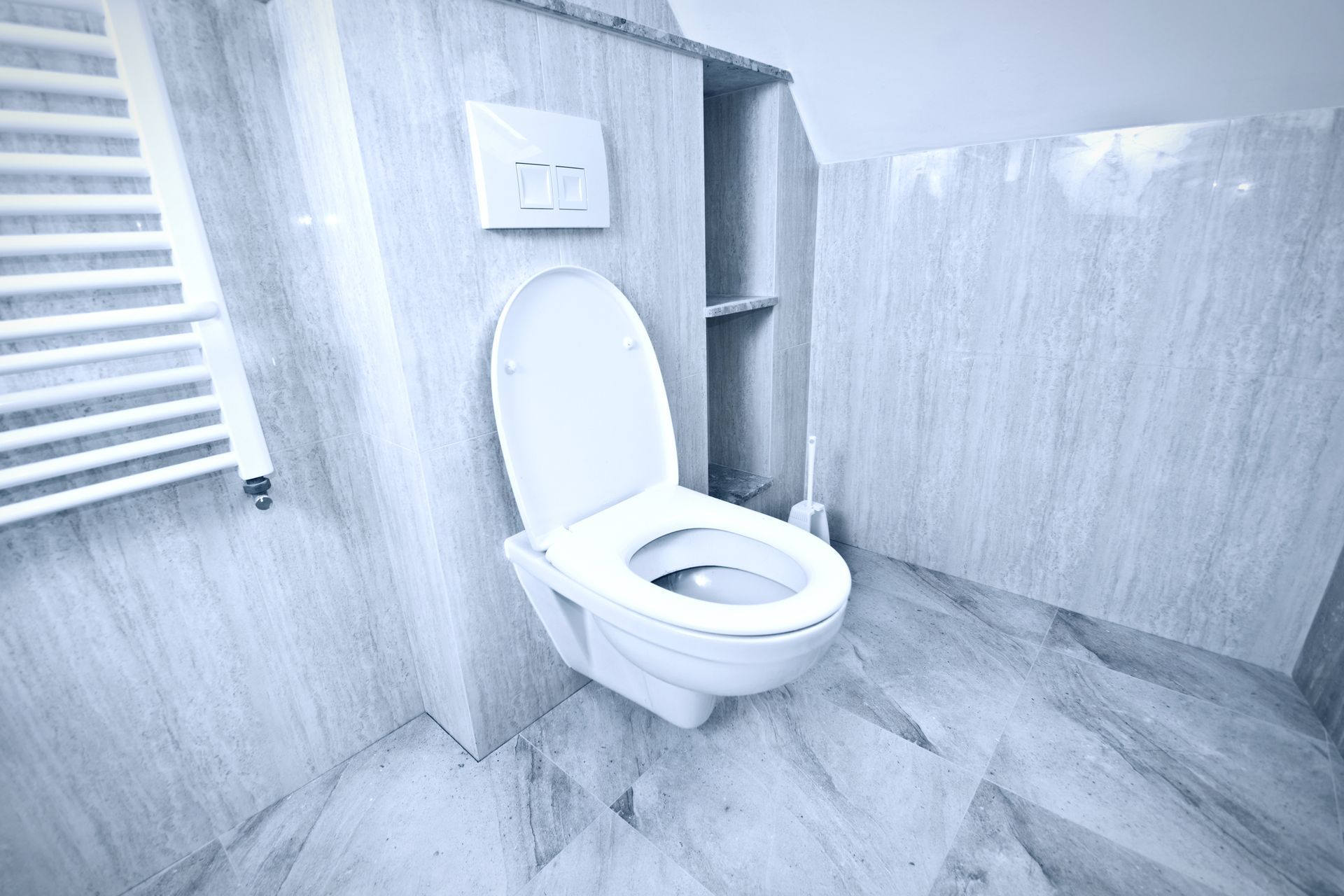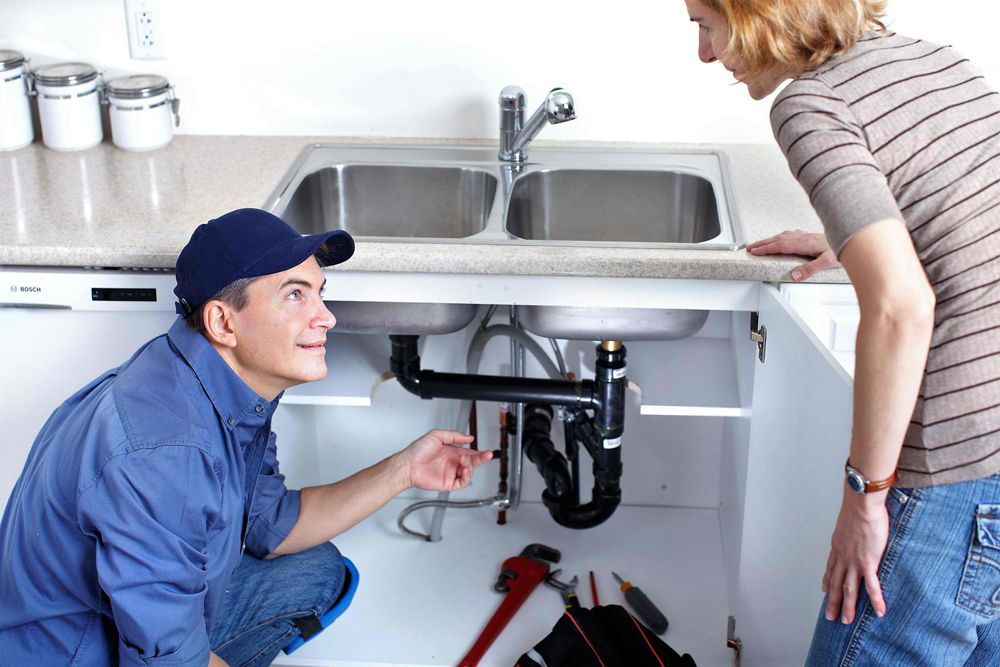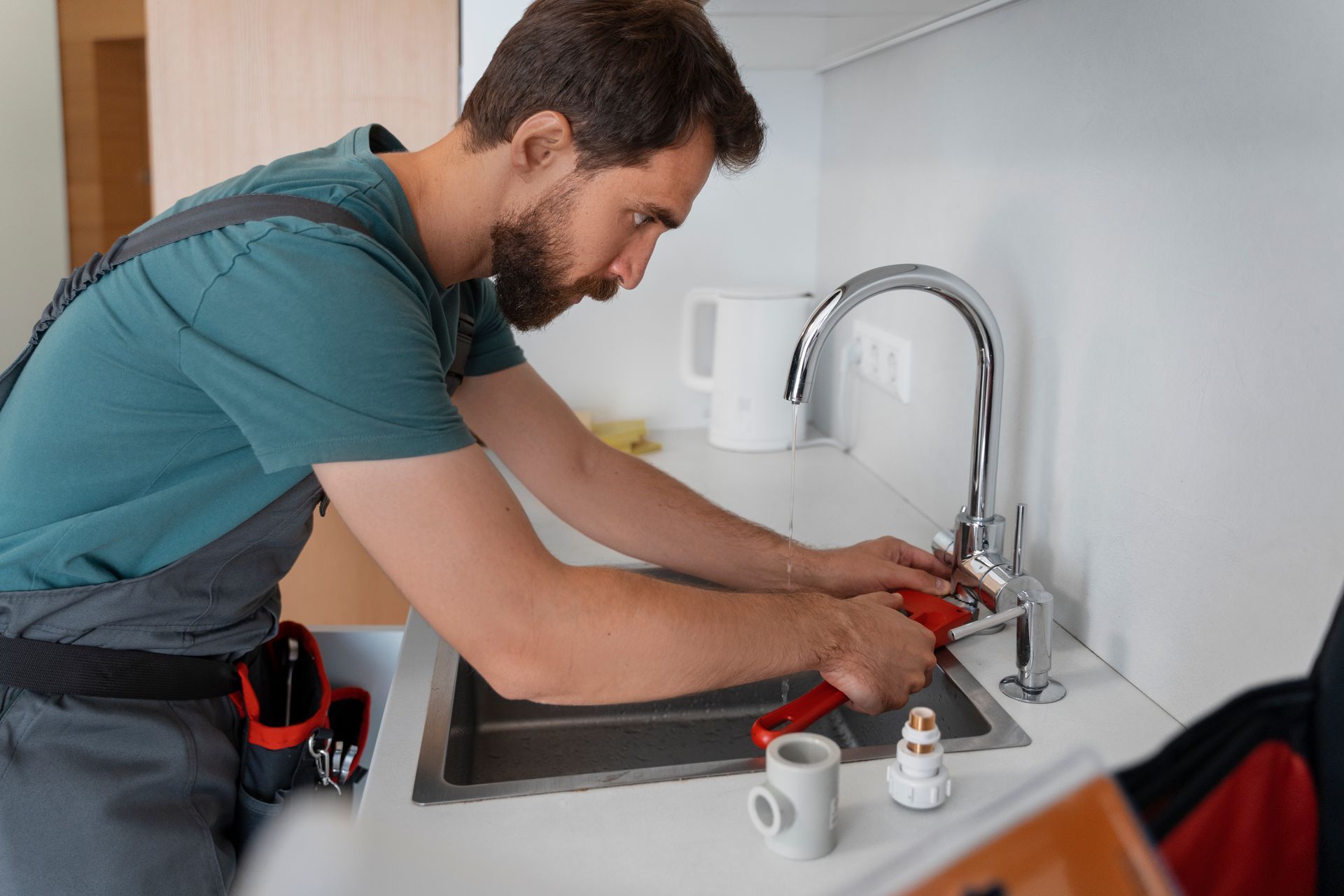Cleaning Faucet Aerators and Showerheads for Better Flow
Maintaining a steady and strong water flow in your home is essential for both comfort and efficient water use. Over time, faucet aerators and showerheads can accumulate mineral deposits, sediment, and debris that reduce water pressure and disrupt the smoothness of water coming out of taps and showers. Regular cleaning of these fixtures helps restore optimal flow, prevents clogs, and extends the longevity of your plumbing components. This detailed article explores professional and practical approaches to cleaning faucet aerators and showerheads, incorporating expert tips from All City Plumbers, advice on handling potential emergencies, and what to expect when you call for professional help.
Understanding Faucet Aerators and Showerheads
Faucet aerators are small mesh screens fitted at the end of faucets, designed to mix air with water. This mixing reduces splashing, conserves water, and creates a smooth, steady water stream. Showerheads perform a similar function but often have multiple small nozzles or holes to create a fine spray. These components, however, are prone to clogging, especially in areas with hard water that contains high levels of minerals such as calcium and lime.
Mineral buildup, sediment, and other debris lodge in the tiny openings of aerators and showerheads, progressively narrowing water passageways. This buildup compromises water pressure and can produce irregular spray patterns, sputtering, and uneven flow. Recognizing the importance of these parts is the first step to maintaining better water flow and home comfort.
Why Regular Cleaning is Essential
Failing to clean aerators and showerheads regularly may lead to decreased water efficiency and increased frustration during daily activities such as washing dishes or showering. Mineral deposits also promote corrosion and rust, which deteriorate the fixtures prematurely, potentially leading to leaks or the need for costly replacements.
In some cases, homeowners confuse reduced water flow due to clogged aerators with more complex plumbing problems, which can lead to unnecessary expenses. Simple cleaning procedures can often restore proper flow and delay—or altogether prevent—the need for hiring emergency services or extensive repairs.
How to Clean Faucet Aerators
Begin by turning off the water supply to the faucet or at least ensure the faucet is shut off to avoid spills during the process. Most aerators can be unscrewed by hand; if they are tight, wrap a rag around the aerator and use adjustable pliers to loosen it carefully. It is important to do this gently to avoid damaging the threads or the aerator itself.
Once removed, disassemble the aerator, separating the screen and other parts. Soak the components in a bowl of distilled white vinegar for several hours or overnight. Vinegar’s acidity effectively dissolves calcium deposits and other mineral build-up. After soaking, gently scrub the screen with an old toothbrush to remove loosened debris.
Rinse all parts thoroughly under running water before reassembling. Finally, screw the aerator back onto the faucet, making sure it is tightened securely but not overly tight to prevent leaks. If you notice dripping after reinstallation, check the rubber washers and replace them if worn.
Cleaning Showerheads for Improved Performance
Showerheads often require a similar cleaning approach but may be larger and have multiple spray holes. If possible, unscrew the showerhead by hand or use an adjustable wrench wrapped with a cloth to prevent surface damage. For showerheads that cannot be removed easily, a simple soaking method can be employed.
Fill a plastic bag with white vinegar and place it over the showerhead, securing it with a rubber band so the nozzles are submerged. Leave the bag in place for several hours or overnight to allow the vinegar to dissolve the mineral deposits. After soaking, remove the bag, scrub any remaining residue with a soft brush, and rinse thoroughly by running water through the shower.
For showerheads with stubborn build-up, a stronger limescale remover may be used following manufacturer instructions cautiously, especially to avoid damage to finishes or materials. Once clean, reattach the showerhead tightly, ensuring any Teflon or silicone tape on threads maintains a watertight seal.
Preventative Maintenance and Signs You Need Cleaning
Routine inspection and cleaning of aerators and showerheads should be part of your home maintenance schedule. In areas with hard water, quarterly cleaning may be necessary, while other regions might require less frequent attention.
Signs that your fixtures need cleaning include reduced water flow, sputtering or uneven spray patterns, visible mineral deposits, or discoloration around faucet and showerhead openings. If these signs are ignored, they can contribute to appliance inefficiency and higher water bills.
What to Do in Case of Emergency Issues While Cleaning
During maintenance, if you encounter issues such as a sudden drop in water pressure or detect leaks, it may indicate underlying plumbing problems. In emergencies like a burst pipe, it is critical to know how to handle a burst pipe before the plumber arrives—such as shutting off the main water supply and safely draining faucets to minimize water damage.
Keeping the contact information of reliable emergency services like All City Plumbers is prudent. Their experienced plumbers can assess and resolve complex problems efficiently. When you call for help, you can expect prompt response, professional diagnostics, and transparent communication about repair processes and costs.
Professional Assistance and When to Call the Plumber
While many homeowners can successfully clean aerators and showerheads themselves, persistent issues with water flow or repeated clogging might signal more serious plumbing conditions like pipe corrosion or blockages deeper in the system.
Engaging professional plumbing services such as All City Plumbers ensures comprehensive inspection and advanced solutions—using specialized tools like pipe cameras and water pressure tests—that go beyond routine cleaning. Professionals also check related components, including expansion tanks and shutoff valves, to ensure overall system health.
Conclusion
Cleaning faucet aerators and showerheads is a vital, yet often overlooked, part of maintaining optimal water flow and preserving home plumbing health. Regular maintenance prevents mineral buildup, improves water efficiency, and extends the lifespan of fixtures. By following effective cleaning steps, homeowners can avoid unnecessary expenses and enjoy better water performance.
In the event of complicated plumbing issues or emergencies, professional assistance from trusted providers like All City Plumbers ensures reliable repairs and peace of mind. Knowing what to expect when you call for help, and how to handle a burst pipe before the plumber arrives, positions homeowners to protect their homes while maintaining strong and efficient water flow throughout the year.
This comprehensive approach combines practical do-it-yourself cleaning with professional advice to keep your faucets and showers running smoothly.











